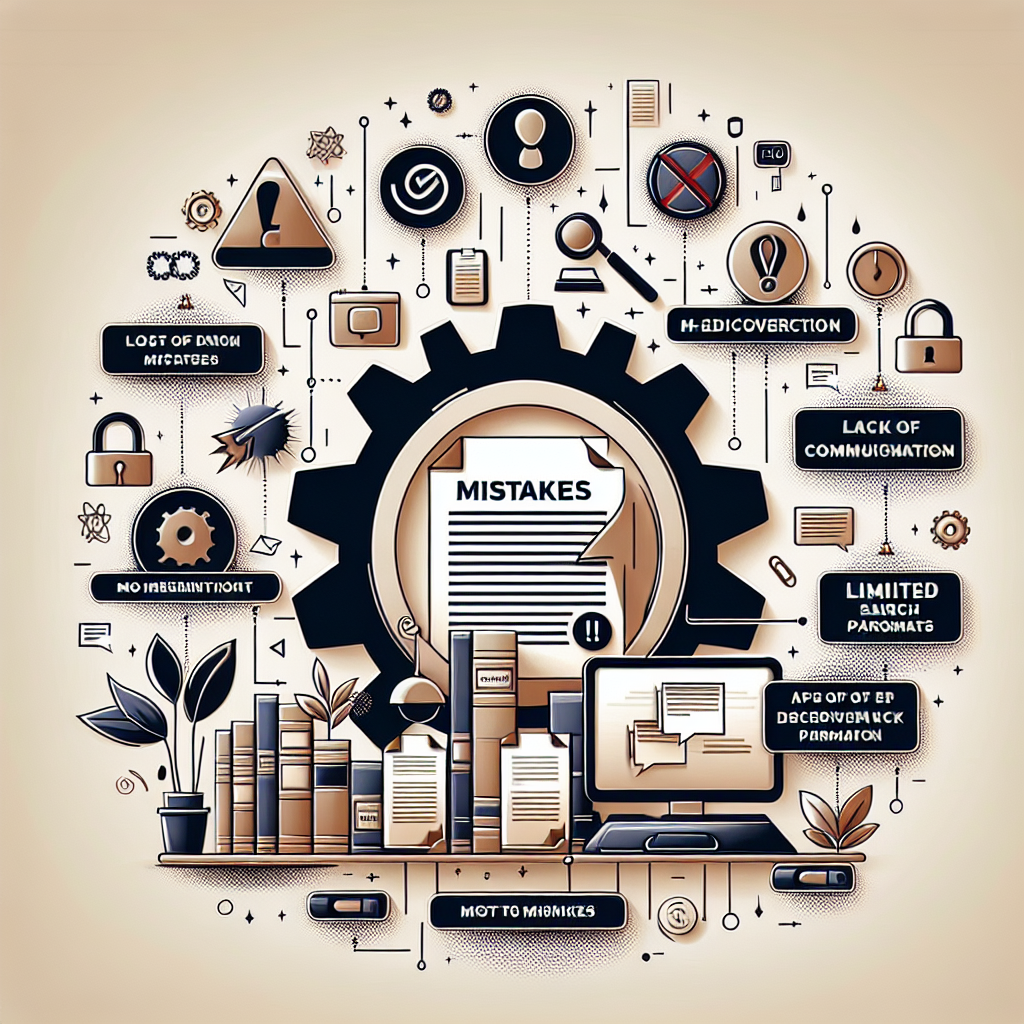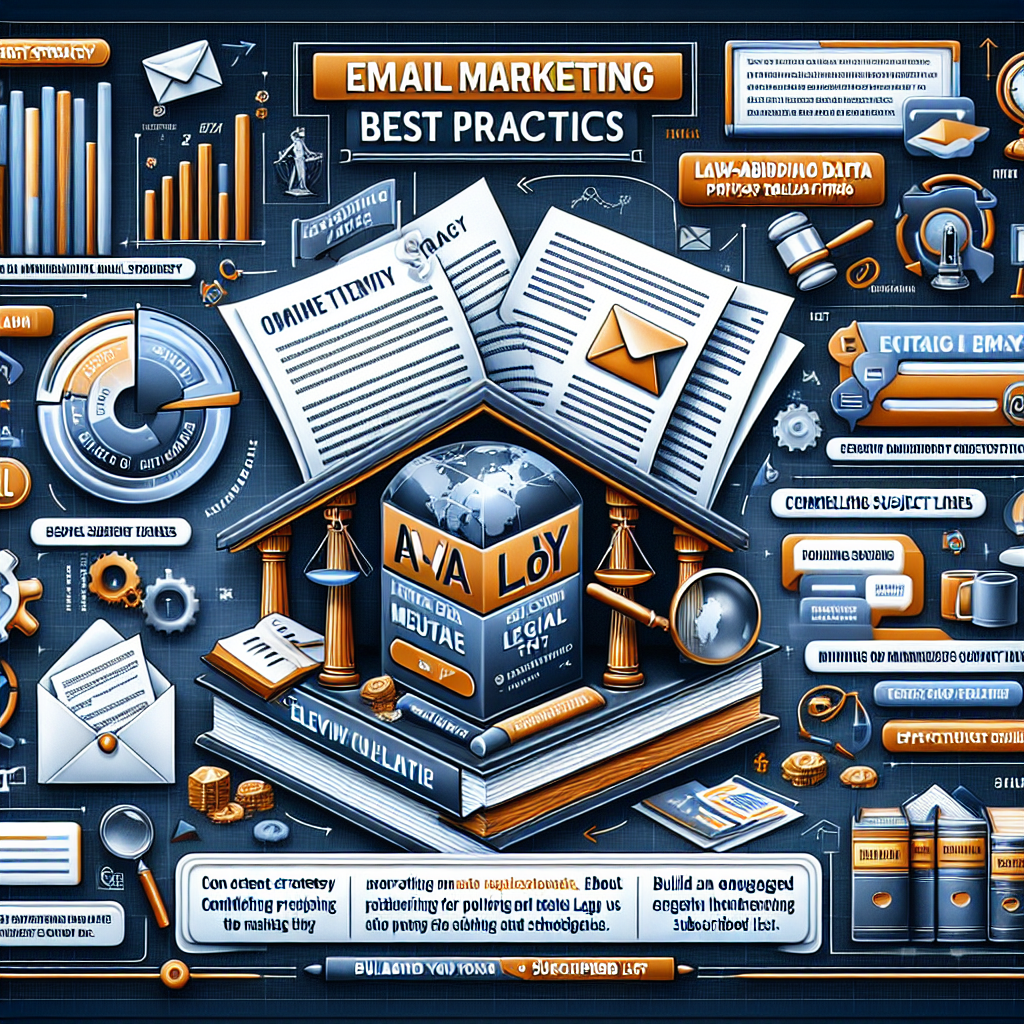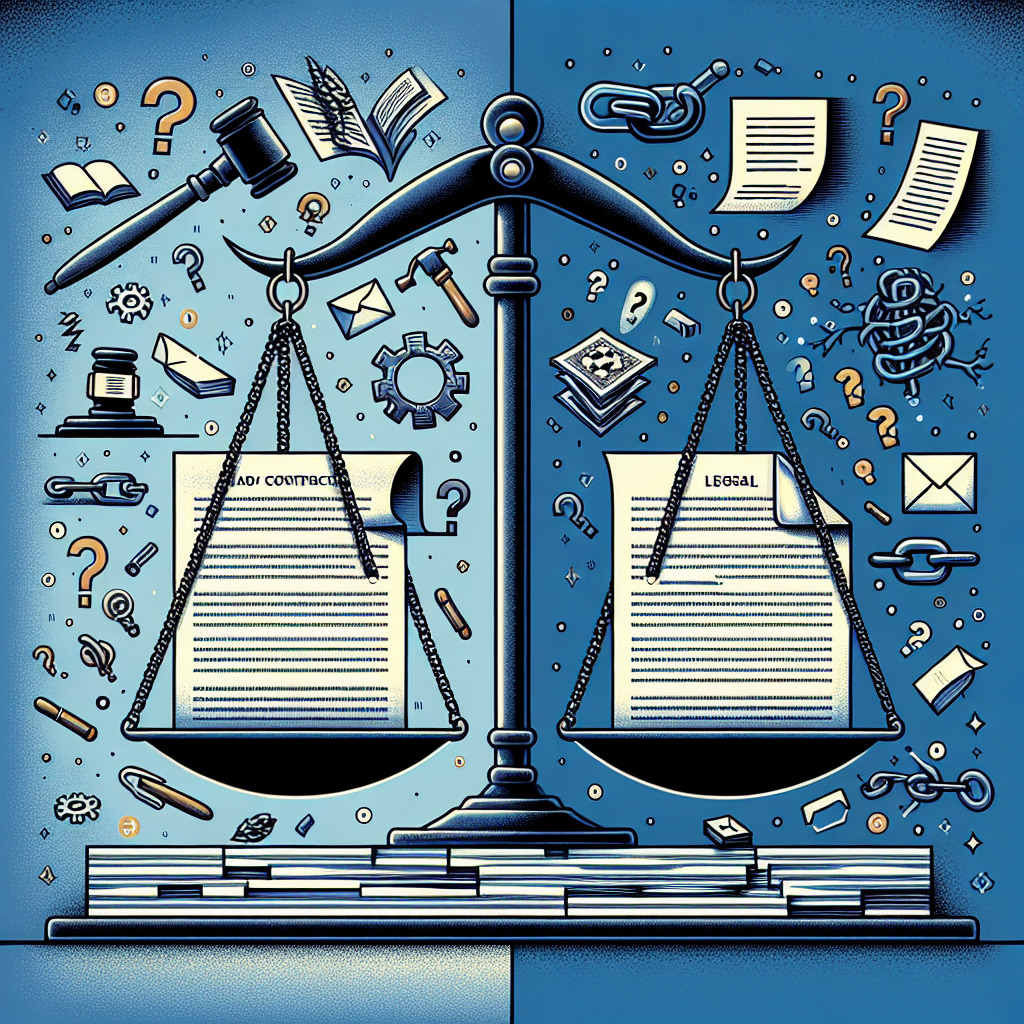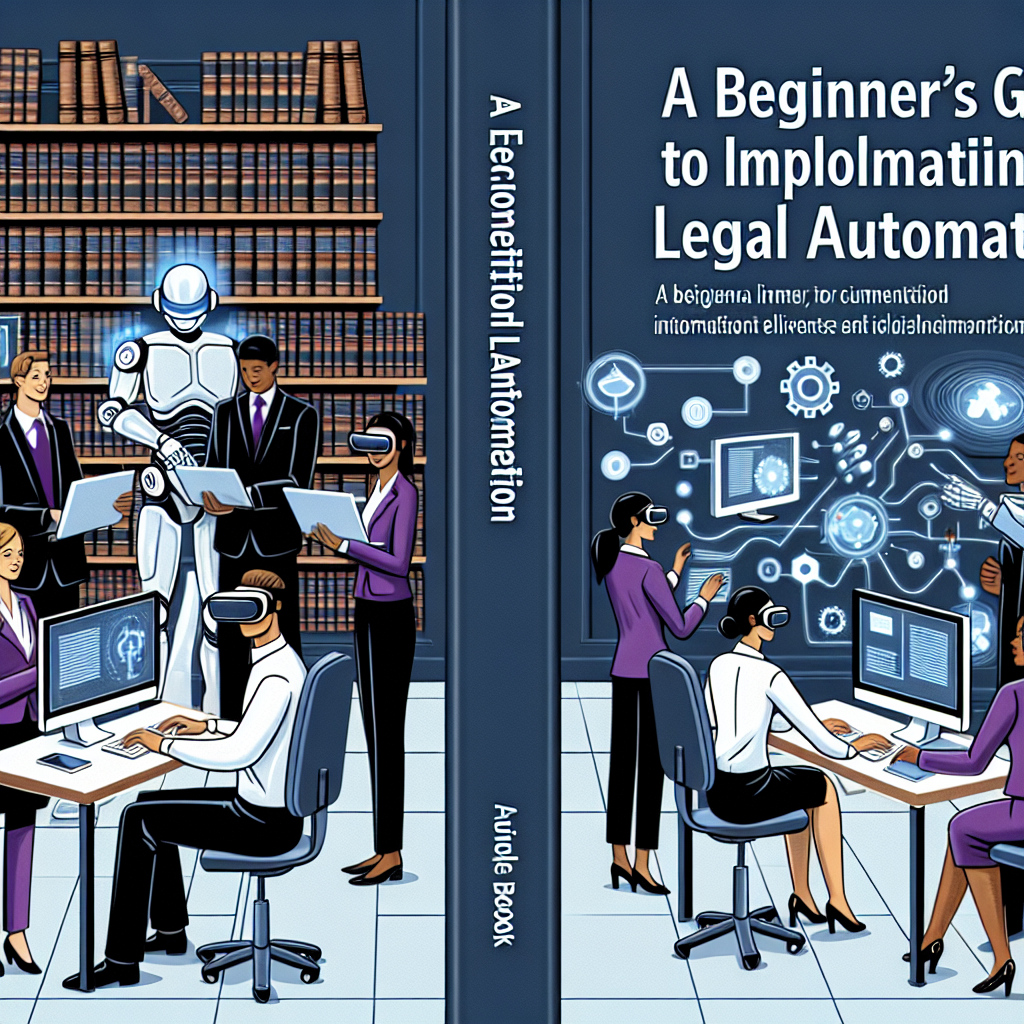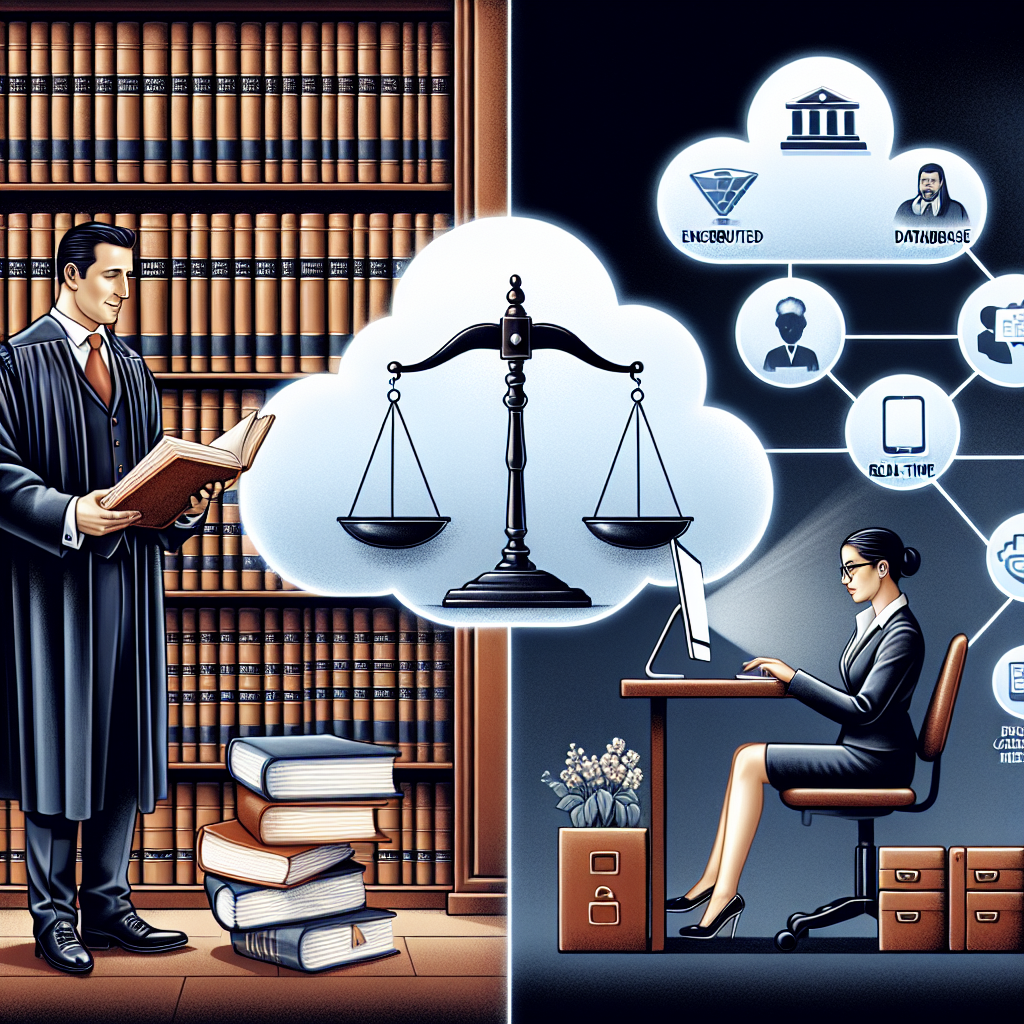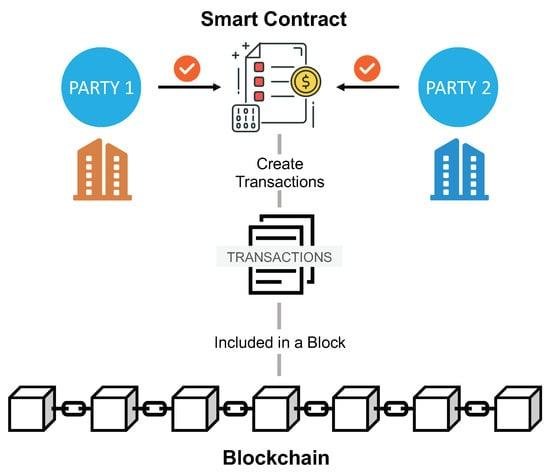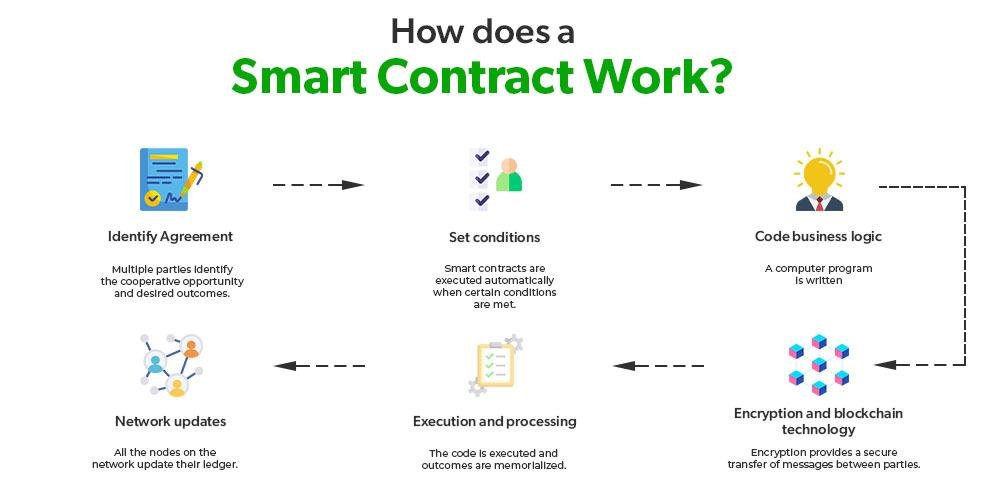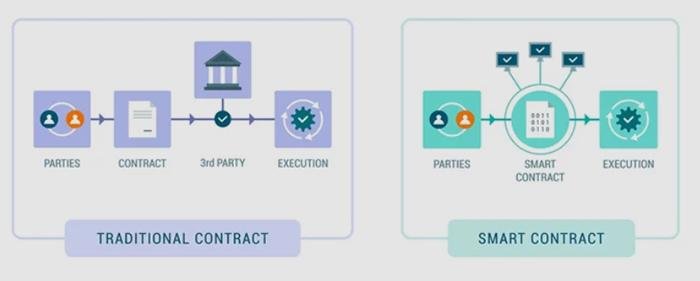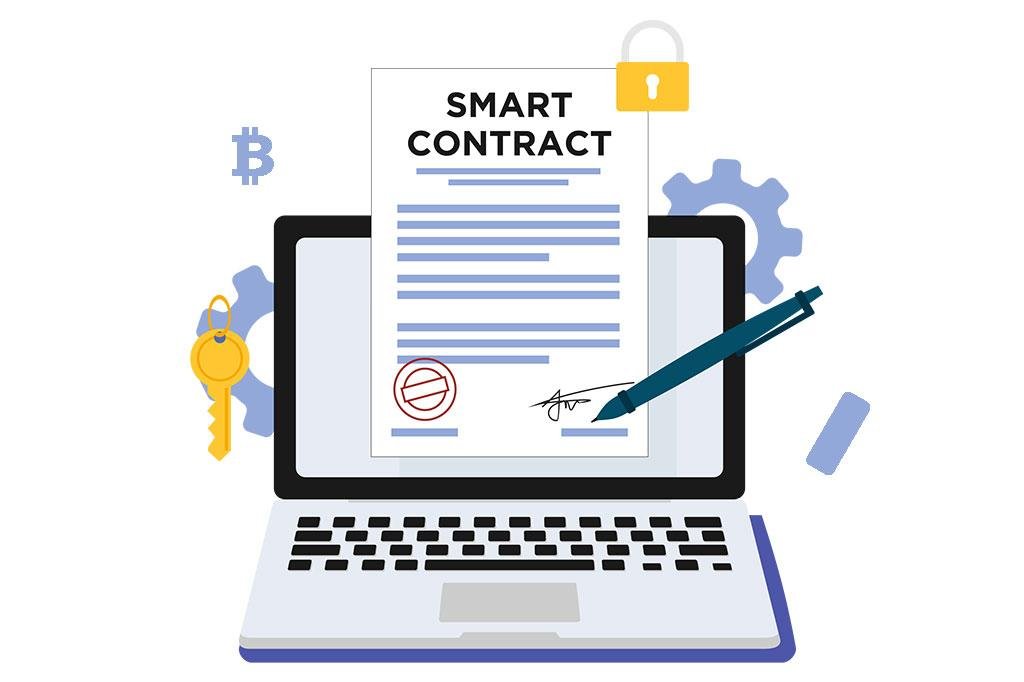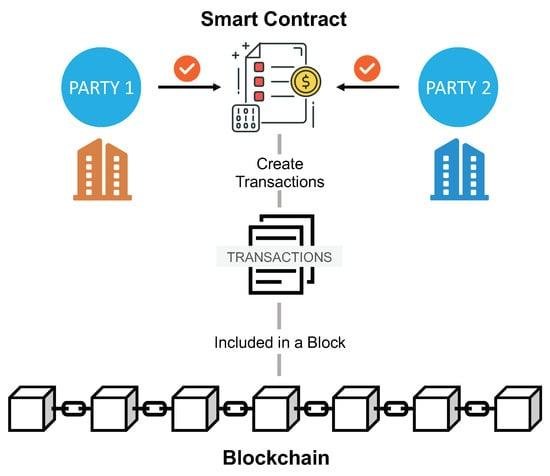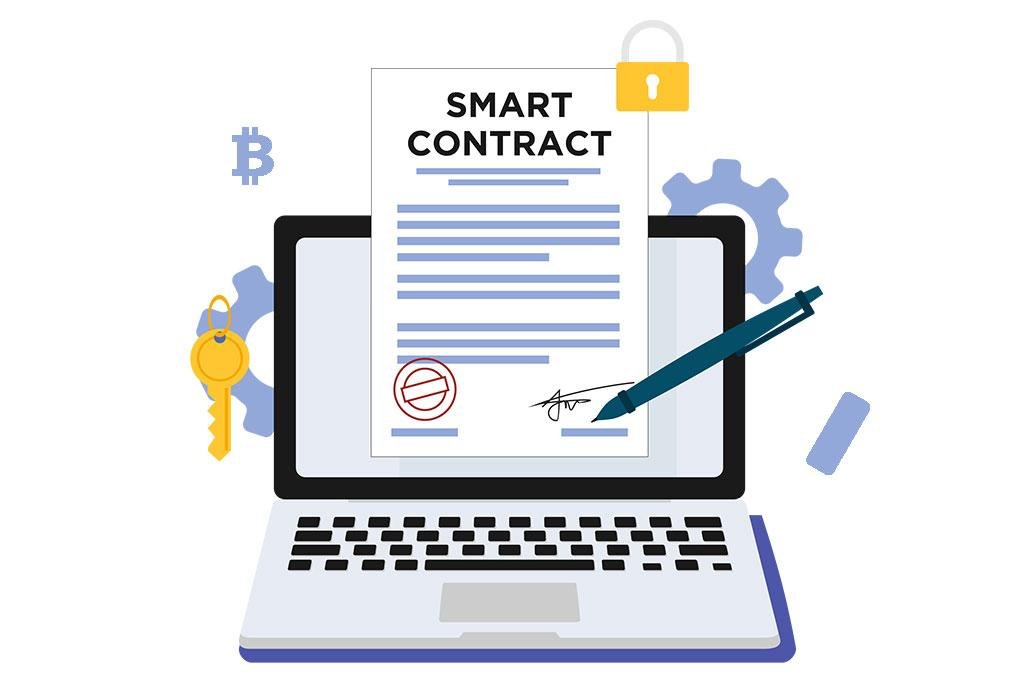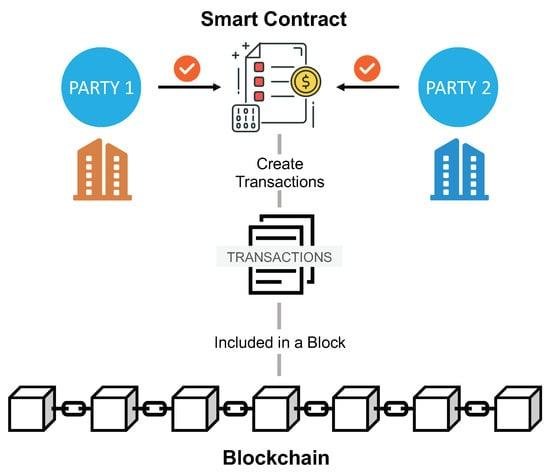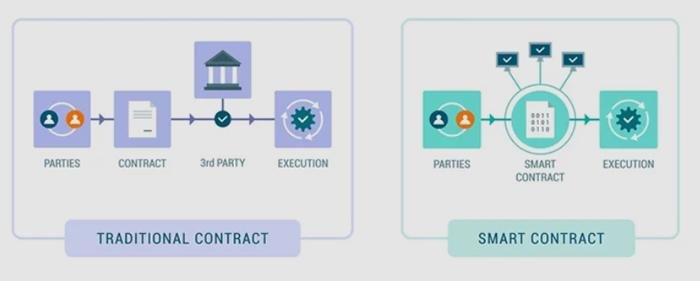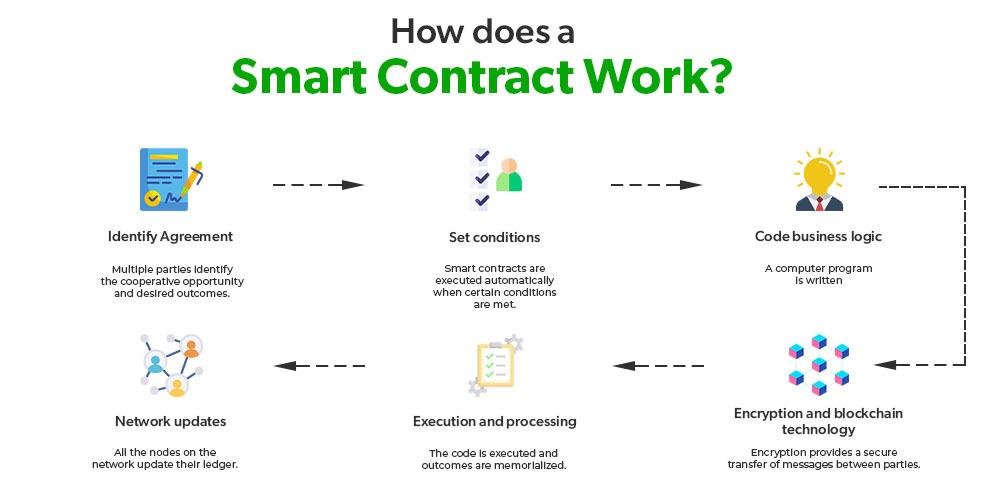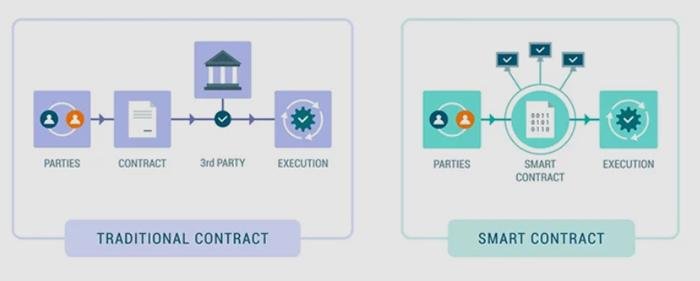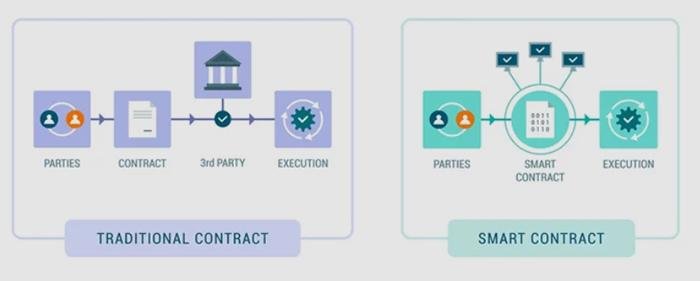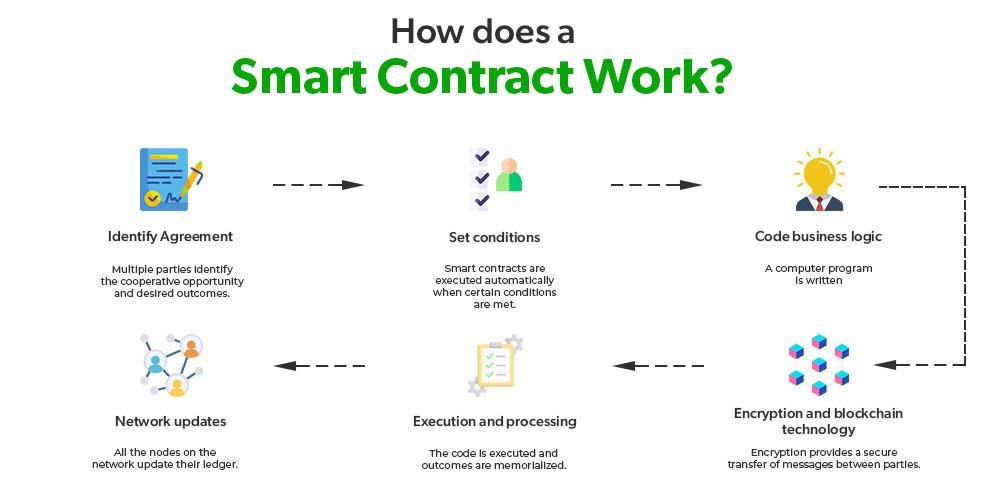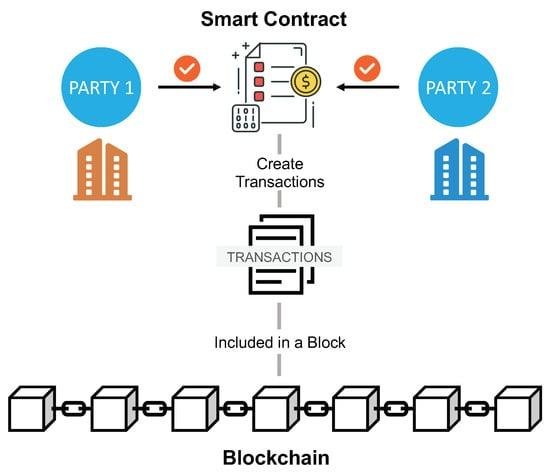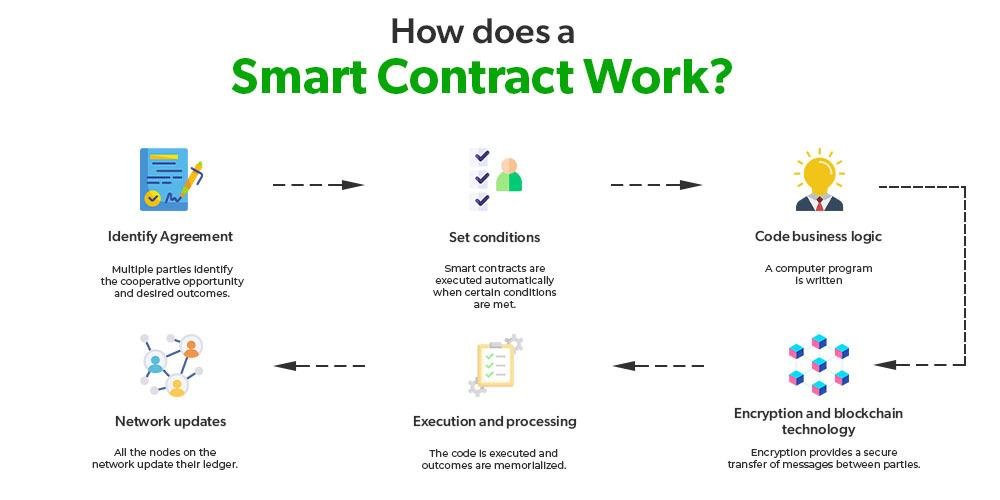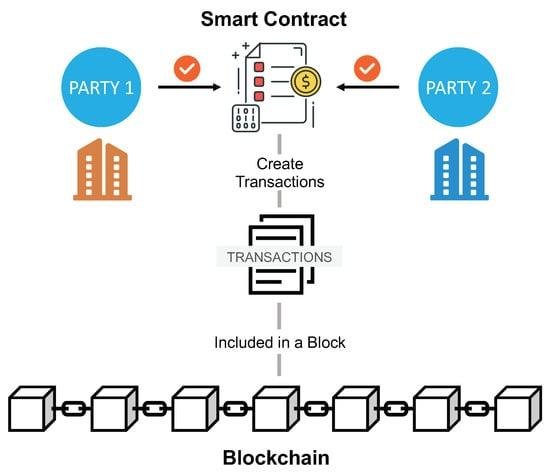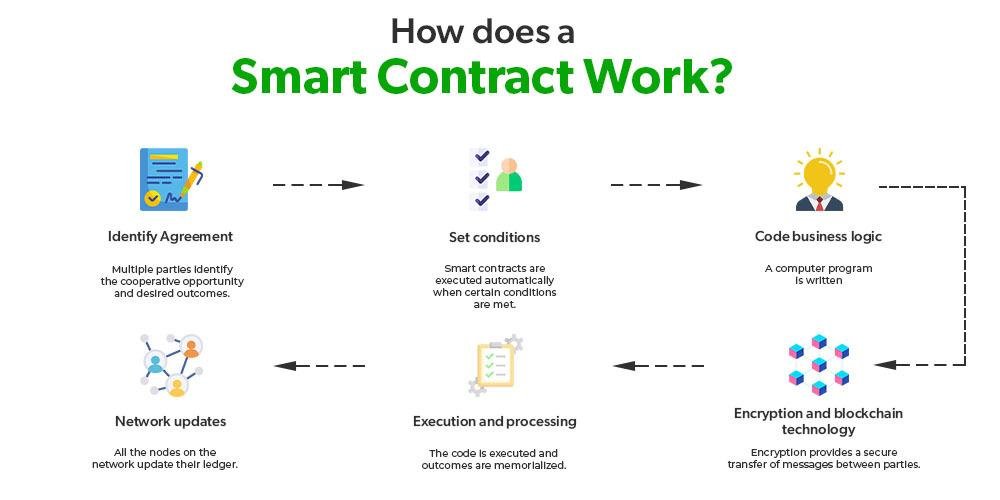Legal Tech Platforms Supporting Legal Aid Organizations
Legal Tech Platforms Supporting Legal Aid Organizations
In today’s rapidly evolving digital age, legal tech platforms are revolutionizing the way legal aid organizations operate, streamlining services, and expanding access to justice for underserved communities. By leveraging cutting-edge technology, these platforms are bridging the gap between legal services and those in need, making legal assistance more accessible, efficient, and cost-effective. Let’s explore how legal tech platforms are supporting legal aid organizations and transforming the landscape of legal services.
Understanding Legal Tech Platforms
Legal tech platforms encompass a wide array of software and digital tools designed to assist legal professionals in delivering services more efficiently. These platforms offer solutions ranging from case management and document automation to virtual consultations and online dispute resolutions. By integrating technology into traditional legal services, legal tech platforms are democratizing access to legal resources and expertise.
The Impact of Legal Tech on Legal Aid Organizations
Legal aid organizations play a crucial role in ensuring that individuals who cannot afford legal representation can still access justice. However, limited resources and increasing demand pose significant challenges for these organizations. This is where legal tech platforms come into play, providing the following benefits:
1. Enhanced Reach and Accessibility
One of the primary advantages of legal tech platforms is their ability to extend the reach of legal aid services. By utilizing online portals and virtual consultations, these platforms enable individuals from remote or underserved areas to access legal assistance without the need for physical travel. This increased accessibility ensures that more people can benefit from legal aid services, regardless of their geographical location.
2. Streamlined Case Management
Legal tech platforms often include comprehensive case management systems that help legal aid organizations efficiently handle large volumes of cases. These systems automate repetitive tasks, manage client information, track case progress, and generate reports, allowing legal professionals to focus more on providing quality legal counsel. As a result, legal aid organizations can manage resources effectively and serve clients more efficiently.
3. Cost-Effective Solutions
By reducing the reliance on manual processes and paperwork, legal tech platforms significantly lower operating costs for legal aid organizations. Document automation, for example, minimizes the time and effort required to prepare legal documents, freeing up valuable resources that can be redirected towards client services. This cost-effectiveness is vital for organizations operating on tight budgets.
4. Improved Collaboration and Communication
Legal tech platforms facilitate seamless communication and collaboration among legal professionals, clients, and other stakeholders. Features such as secure messaging, shared document repositories, and video conferencing enable real-time interaction and information sharing. This enhanced collaboration ensures that all parties are informed and engaged throughout the legal process, improving outcomes for clients.
5. Data-Driven Insights
Many legal tech platforms offer analytics tools that provide valuable insights into case trends, client demographics, and organizational performance. By analyzing this data, legal aid organizations can identify areas for improvement, optimize resource allocation, and develop targeted strategies to better serve their communities.
Notable Legal Tech Platforms Supporting Legal Aid
Several legal tech platforms have emerged as leaders in supporting legal aid organizations. Here are a few noteworthy examples:
-
Clio: A cloud-based legal practice management software that offers case management, time tracking, and billing solutions tailored for legal aid organizations.
-
LegalServer: A comprehensive case management system specifically designed for legal aid providers, offering features such as intake management, pro bono coordination, and reporting tools.
-
DocuSign: A widely used e-signature tool that allows legal aid organizations to streamline document signing processes, reducing paperwork and improving efficiency.
-
Paladin: A platform focused on connecting legal professionals with pro bono opportunities, helping legal aid organizations expand their volunteer networks and increase capacity.
Conclusion
Legal tech platforms are proving to be invaluable allies for legal aid organizations, offering innovative solutions that enhance accessibility, efficiency, and cost-effectiveness. By embracing these technologies, legal aid providers can overcome resource constraints, better serve their communities, and ensure that justice is accessible to all. As the legal tech landscape continues to evolve, legal aid organizations must stay informed and adapt to leverage these tools effectively, paving the way for a more equitable and just society.















